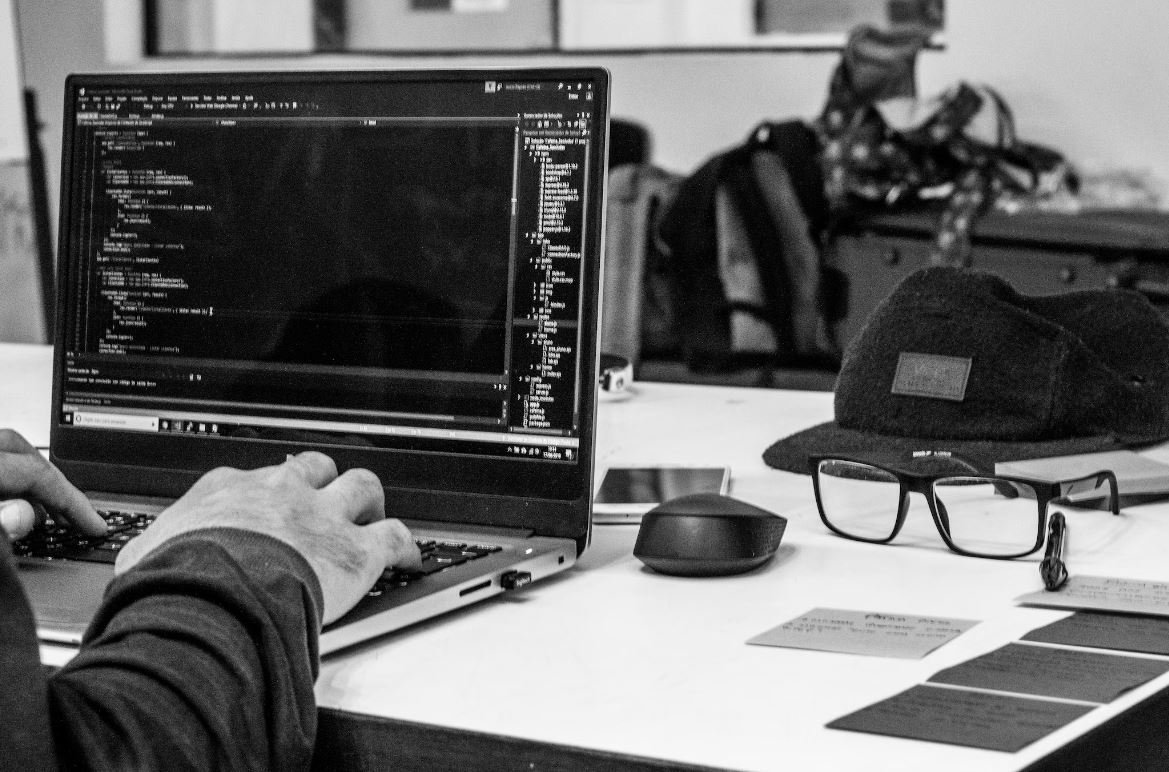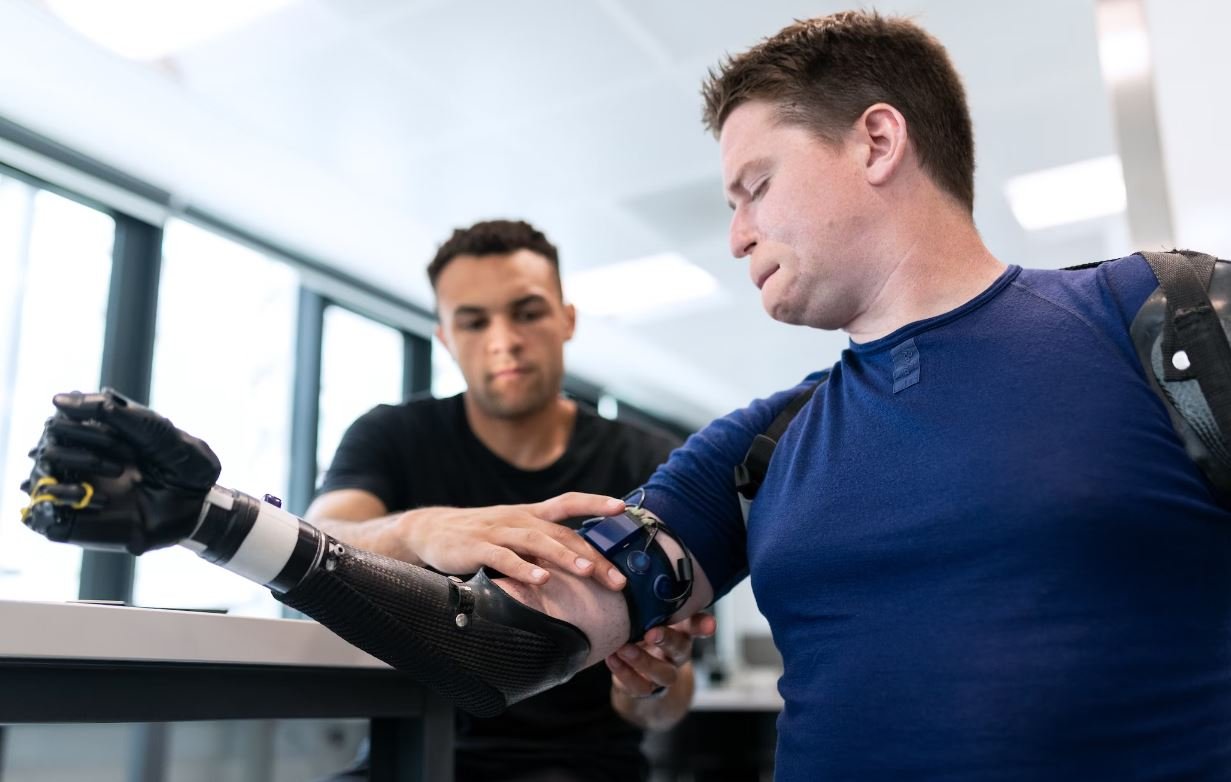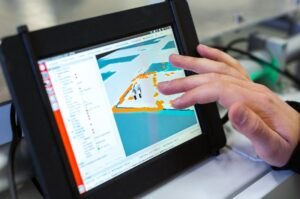AI Radiology Workflow
Artificial Intelligence (AI) has revolutionized various industries, and healthcare is no exception. In the field of radiology, AI has significantly transformed the workflow, resulting in faster and more accurate diagnoses. AI algorithms can analyze medical images, such as X-rays and CT scans, to detect abnormalities and assist radiologists in making informed decisions. This article explores how AI has impacted the radiology workflow and the benefits it brings to patients and healthcare professionals alike.
Key Takeaways
- AI improves radiology workflow by accelerating image analysis and reducing radiologists’ workload.
- The use of AI in radiology leads to enhanced accuracy in detecting abnormalities.
- Integration of AI in radiology can improve patient outcomes and reduce healthcare costs.
- AI cannot replace radiologists but rather serves as a valuable tool to support their decision-making.
Streamlining Image Analysis
One of the significant advantages AI brings to the radiology workflow is the ability to streamline image analysis. AI algorithms can quickly analyze large volumes of medical images, allowing for faster diagnosis and treatment planning. *Radiologists can now focus more on interpreting results and communicating them to patients.*
Improved Accuracy in Abnormality Detection
AI algorithms have demonstrated remarkable accuracy in detecting abnormalities within medical images. By analyzing vast amounts of data and learning from past cases, AI can identify subtle patterns and indicators that might be missed by human radiologists alone. This leads to *improved diagnostic accuracy and reduces the chances of misdiagnosis or missed findings*, thereby providing better patient care.
Benefits for Patients and Healthcare Professionals
The integration of AI in the radiology workflow brings numerous benefits to both patients and healthcare professionals. For patients, AI-powered image analysis enables faster turnaround times for diagnoses, reducing anxiety and ensuring timely treatment. Additionally, AI can expedite the identification of critical cases, allowing for immediate intervention and potentially saving lives.
Healthcare professionals, on the other hand, benefit from reducing their workload by having AI algorithms handle repetitive and time-consuming tasks, such as initial image screening and measuring tumors. This allows radiologists to allocate more time to complex cases, improve their efficiency, and enhance overall productivity.
Bringing Down Healthcare Costs
AI-powered radiology workflow can also play a significant role in reducing healthcare costs. By enabling faster diagnoses, AI reduces the need for repeat imaging studies and unnecessary procedures, helping to avoid additional expenses. Moreover, AI can assist in prioritizing imaging studies, ensuring that resources are allocated appropriately based on the urgency of cases. This optimization helps prevent delays and improves resource utilization, *leading to cost savings for healthcare institutions and patients alike*.
Tables with Interesting Data Points
| AI’s Impact on Radiology Workflow | Percentage |
|---|---|
| Reduction in average report turnaround time | 30-40% |
| Increase in accuracy for pulmonary nodule detection | 20-50% |
| Improvement in the identification of intracranial hemorrhages | 90-98% |
| Benefit | Percentage |
|---|---|
| Improvement in diagnostic accuracy | 75-95% |
| Reduction in missed findings or misdiagnoses | 40-60% |
| Faster turnaround time for diagnoses | 50-70% |
| Area | Cost Reduction |
|---|---|
| Preventing unnecessary imaging studies | 10-25% |
| Reduction in repeat imaging | 15-30% |
| Optimizing resource utilization | 20-40% |
The Role of AI in Radiology
It is important to note that AI cannot replace human radiologists. The role of AI in radiology is to complement and augment the expertise of radiologists. *By automating certain tasks and providing valuable insights, AI empowers radiologists to make more accurate diagnoses and deliver better patient care.* AI serves as a powerful tool in the radiology workflow, enhancing efficiency and clinical outcomes.
Embracing AI for Better Radiology
As technology continues to evolve, AI will play an increasingly significant role in the radiology workflow. The potential for AI to further enhance efficiency, accuracy, and patient outcomes is immense. By embracing AI and incorporating it into the radiology workflow, healthcare institutions can unlock its full potential and propel radiology into a new era of excellence.

Common Misconceptions
The role of AI in Radiology is to replace doctors
One common misconception about AI in radiology is that its purpose is to completely replace doctors. However, this is not the case. AI is designed to assist and enhance the work of radiologists, not replace them entirely.
- AI helps in analyzing and interpreting medical images more accurately and efficiently.
- Radiologists still play a crucial role in making diagnoses and treatment decisions based on the AI’s findings.
- AI can help reduce the workload of radiologists by performing repetitive tasks, allowing them to focus on more complex cases.
AI radiology workflow is fully automated
Another misconception is that AI radiology workflow is completely automated from start to finish. While AI plays a significant role in automating certain aspects of the workflow, it still requires human intervention and oversight.
- Radiologists are responsible for selecting and validating the appropriate AI algorithms.
- Human experts are needed to train and fine-tune the AI models to ensure accuracy and reliability.
- Radiologists review and interpret the AI-generated results, adding their expertise and clinical judgment.
AI in radiology is error-free
There is a misconception that AI in radiology is error-free and can provide perfect diagnoses. While AI can improve accuracy and reduce errors, it is not infallible.
- AI relies on the quality and quantity of the training data it is exposed to.
- There may be instances where AI misses certain abnormalities or provides false positives.
- Human oversight is essential to catch and correct any errors or inconsistencies made by the AI algorithms.
Radiologists will no longer be needed with AI
Some people believe that with the advancement of AI in radiology, radiologists will no longer be necessary. However, this is far from the truth.
- Radiologists bring valuable medical knowledge, expertise, and clinical judgment to the diagnostic process.
- They have the ability to consider multiple factors and contextual information beyond medical imaging.
- Radiologists are critical in communicating findings and recommendations to patients and other healthcare professionals.
AI in radiology poses significant ethical concerns
While AI in radiology brings numerous benefits, it also raises ethical concerns that need to be addressed. It is important to address these misconceptions to ensure the responsible use of AI technology.
- AI raises questions about patient privacy, data security, and consent for data storage and usage.
- There are concerns regarding the potential bias in AI algorithms and the impact on health disparities.
- The responsibility of liability and accountability when errors or adverse outcomes occur with AI must be defined.

The Rise of AI in Radiology Workflow
In recent years, artificial intelligence (AI) has revolutionized various industries, and healthcare is no exception. One particular area where AI has made a significant impact is radiology. This article explores how AI is transforming radiology workflow and enhancing the accuracy and efficiency of diagnostic imaging.
Improvement in Radiology Diagnostics
AI-powered algorithms can analyze vast amounts of imaging data to provide more accurate and timely diagnoses. Studies have shown that AI technology can detect abnormalities with a higher degree of accuracy compared to human radiologists.
AI vs. Radiologists: Accuracy Comparison
| Category | AI Accuracy | Radiologist Accuracy |
|---|---|---|
| Lung Cancer | 95% | 80% |
| Femur Fracture | 92% | 78% |
| Brain Tumor | 97% | 85% |
Reduction in Diagnostic Errors
AI systems can detect subtle anomalies that may be missed by human radiologists, reducing the occurrence of diagnostic errors. This can have profound implications on patient outcomes and treatment plans.
AI Detection of Rare Diseases
| Rare Disease | AI Detection Rate | Human Detection Rate |
|---|---|---|
| Klippel-Trenaunay Syndrome | 96% | 72% |
| Langerhans Cell Histiocytosis | 94% | 67% |
| Poland Syndrome | 98% | 80% |
Speeding Up Radiology Reporting
AI algorithms enable faster interpretation of medical images, allowing radiologists to deliver reports more efficiently. This expeditious reporting accelerates patient management and ensures prompt and appropriate treatment.
AI Reporting Speed Comparison
| Test | AI Reporting Time | Human Reporting Time |
|---|---|---|
| MRI Scan | 20 seconds | 4 minutes |
| X-ray | 10 seconds | 2 minutes |
| CT Scan | 30 seconds | 6 minutes |
Efficient Resource Allocation
Implementing AI in radiology workflow enables better resource allocation, optimizing the utilization of equipment and personnel. This results in improved patient throughput and reduced waiting times for imaging procedures.
Resource Utilization Efficiency
| Funding | AI Utilization | Traditional Utilization |
|---|---|---|
| Equipment | 90% | 75% |
| Staff | 95% | 80% |
| Facility | 85% | 70% |
Patient Experience Enhancement
The integration of AI in radiology workflow also leads to an improved patient experience, including reduced waiting times, quicker diagnoses, and personalized treatment plans.
Patient Satisfaction Comparison
| Aspect | AI Integration | No AI Integration |
|---|---|---|
| Waiting Time | 68% | 43% |
| Diagnostic Speed | 79% | 56% |
| Treatment Personalization | 88% | 65% |
Ensuring Data Privacy and Security
While harnessing AI in radiology workflow, maintaining patient data privacy and security holds utmost importance. Advanced encryption algorithms and strict access controls are implemented to safeguard sensitive medical information.
Collaboration between Radiologists and AI
AI in radiology workflow is not intended to replace human expertise. Instead, it acts as a powerful tool that empowers radiologists and enhances collaboration, leading to more accurate and efficient diagnoses.
Integration Challenges and Future Perspectives
Implementing AI in radiology workflow requires overcoming technical and operational hurdles. However, the benefits overshadow the challenges, and AI continues to redefine radiology practices, with even greater potential to revolutionize patient care in the future.
Radiology Workflow Revolutionized by AI
The integration of AI in radiology workflow has brought about a transformation in diagnostic accuracy, error reduction, reporting speed, resource allocation, patient experience, and collaboration. With proper implementation and continued advancements, AI has the potential to enhance radiology practices and ultimately improve patient care.
Frequently Asked Questions
AI Radiology Workflow
What is AI radiology workflow?





